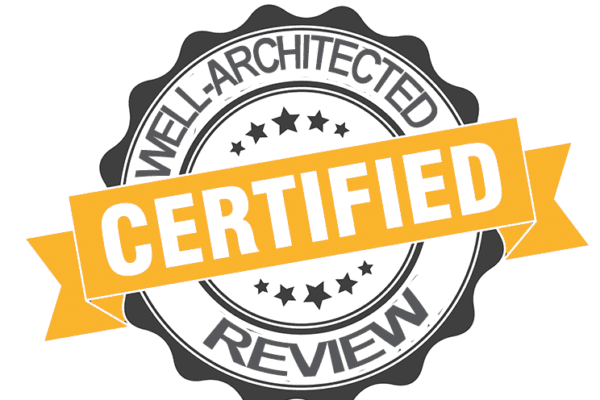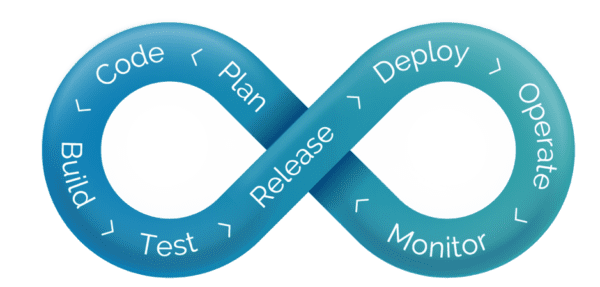 In software development, rapid innovation is the quickest way to cornering the market. A recent innovation in the framework for software development, DevOps combines the principles of Lean Manufacturing, Agile Manifesto, Infrastructure as Code/Agile Infrastructure, Continuous Delivery adoption, and the Toyota Kata system to create a unified, cohesive way of generating value.
In software development, rapid innovation is the quickest way to cornering the market. A recent innovation in the framework for software development, DevOps combines the principles of Lean Manufacturing, Agile Manifesto, Infrastructure as Code/Agile Infrastructure, Continuous Delivery adoption, and the Toyota Kata system to create a unified, cohesive way of generating value.
DevOps brings together the development team to collaborate with the operations team, an innovation that allows for faster communication, problem identification and solution, and turn-around time compared to having the teams work apart. With the teams sharing knowledge, best practices, and skills, DevOps helps create an ideal work environment where ideas flourish and capabilities improve.
DevOps with AWS
Of all service providers, Amazon Web Services proves itself the frontrunner in this framework, offering the widest and most advanced range of services catering to DevOps. The AWS Well-Architected Framework assists users, whether individuals or enterprises, in building infrastructure for cloud-based applications. By allowing you to continuously measure your architectures against a set of best practices, the AWS Well-Architected Framework allows you to consistently improve.
Here are its Five Pillars:
- Security
- Reliability
- Performance Efficiency
- Cost Optimization
- Operational Excellence
All of these areas apply to DevOps framework as well. The Well-Architected Framework raises the bar for DevOps excellence not just by supporting by improving DevOps best practices. By applying and harmonizing both DevOps and the Well-Architected Framework in your team, you can create a streamlined, continuous, and dependable process for developing your own products and services.
First Steps
Given that you will members from different teams working together, one of the first steps to moving to the cloud is creating strong policies that will prevent disruptions to your workflow. It would be necessary to change some things about your processes. Once this is done, your team will be better equipped to adapting to new frameworks with DevOps and the AWS cloud.
Looking for further guidance on how to optimize AWS cloud services and the Well-Architected Framework to create secure, stable, and scalable environments in the cloud? You can look at The DevOps Handbook. This should help you find how the Framework and DevOps work together.
Scalability in the AWS Cloud
Scalability has serious implications for enterprises. It must support their operations on demand, but at the same time not degrade their performance or increase their operation costs. As such, a “lift-and shift” approach to the cloud, wherein one moves their architecture into the cloud, is doable but won’t provide the performance quality of an architecture built from the bottom up in the cloud and harnessing one or more of native cloud services. It also won’t optimize your architecture in terms of security and stability.
A better option to lift-and-shift is to use containers to set up cloud environments for development. Not only does this agree with DevOps best practices, it allows you to leverage AWS services to help with scalability through added computing power and load balancing.
Services Applicable for DevOps and the Well-Architected Framework
Various AWS services share synergy with the aforementioned frameworks, such as:
Amazon Elastic Container Service for Kubernetes (Amazon EKS) – a service that makes deploying, managing, and scaling applications in containers simpler and easier to use. Harnesses Kubernetes, the most popular tool for container orchestration.
Amazon CloudWatch – to monitor your system performance, aid with recovery, and avoid disruptions, you may rely on CloudWatch. The Performance Efficiency Pillar will function as your standard for efficiency and the Reliability Pillar will help with improving recovery.
AWS CloudFormation – helps you rapidly and efficiently provision resources for your cloud infrastructure.
Identity Access and Management – a service that protects both your data and infrastructure using AWS Identity and Access Management.
DevOps continues to evolve and improve over time. As more and more users turn to the cloud for secure and scalable platforms-as-a-service, DevOps paves the way for maximizing the benefits to one’s processes and output and allowing for collaborative, continuous improvement. By combining DevOps with the Well-Architected Framework in the AWS Cloud, you may gain the edge you need to succeed in your industry.
